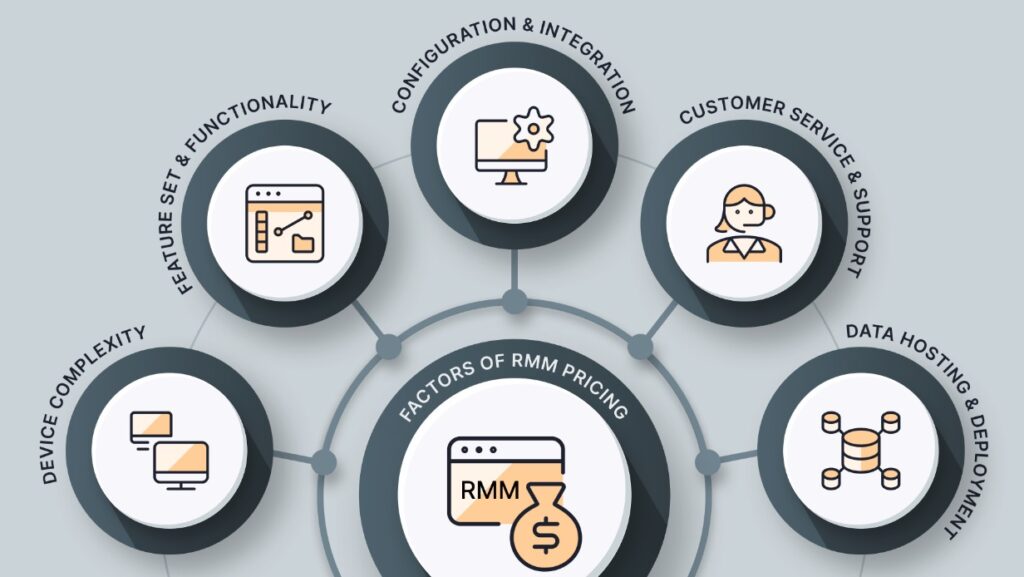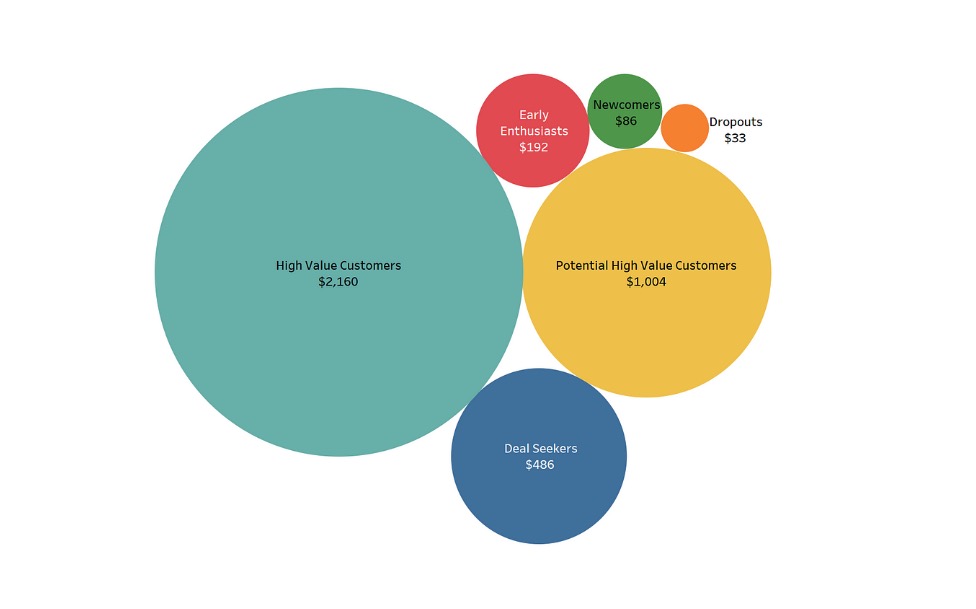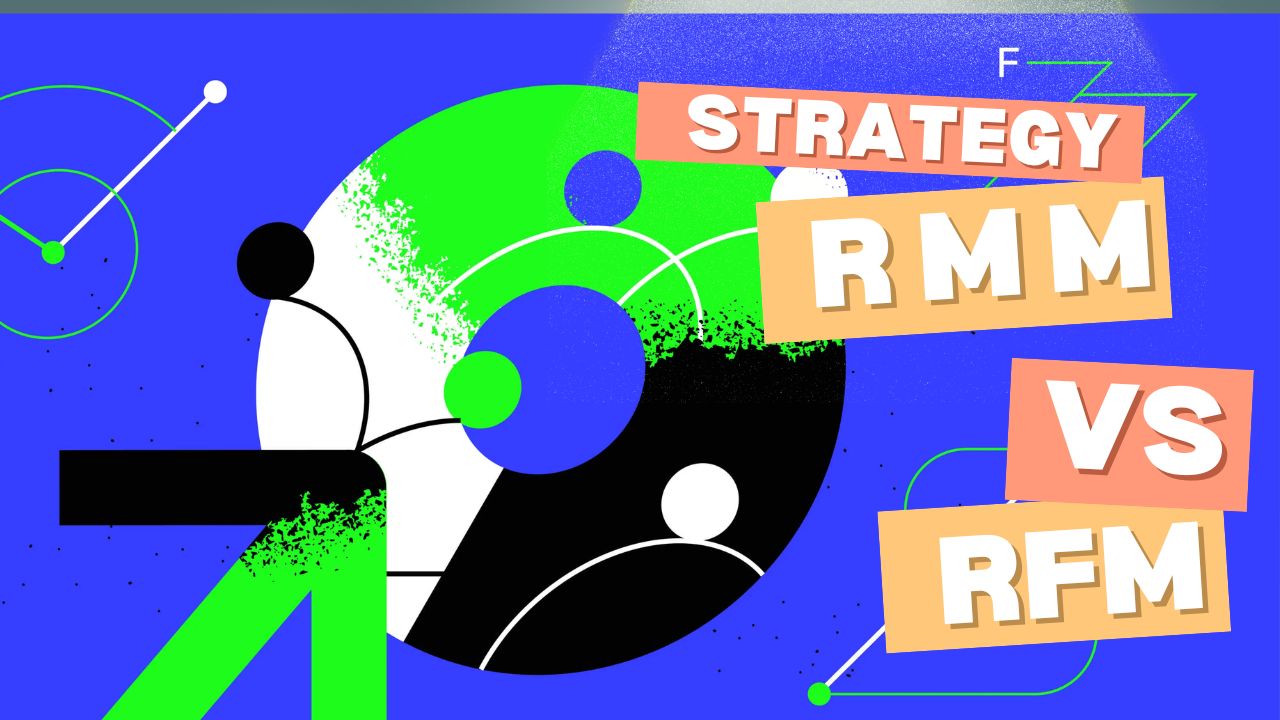RMM vs RFM Strategy – In the fast-paced world of modern business, leveraging data-driven strategies is essential for staying ahead. One of the most powerful ways to optimize your operations, customer engagement, and marketing efforts is by understanding key strategies like RMM1 (Remote Monitoring and Management) and RFM2 (Recency, Frequency, Monetary analysis).
Though both of these strategies play a significant role in business success, they serve very different purposes. Understanding the difference between RMM and RFM can unlock opportunities for better decision-making, efficient processes, and enhanced customer relationships.
In this article, we’ll dive deep into how RRMM vs RFM Strategy can work for your business, comparing these two powerful approaches, and showing you how they complement each other in the quest for customer success and operational efficiency. Let’s explore how both can be leveraged to help your business soar!
Understanding the Difference Between RMM and RFM

Which Strategy Drives you’re Business Forward? When it comes to improving business strategy, it’s crucial to understand the difference between RMM vs RFM Strategy. Though both serve distinct functions, they work together to achieve the ultimate goal: business growth.
RMM (Remote Monitoring and Management) is primarily an operational tool. its a suite of software solutions designed to remotely monitor and manage IT systems, networks, and devices. THis technology enables businesses to oversee their infrastructure in real-time, ensuring that everything runs smoothly without needing on-site presence. It’s particularly valuable for Managed Service Providers (MSPs) nad small businesses that want to maintain a high level of efficiency without heavy investment in IT staff.
On the other hand, RFM (Recency, Frequency, Monetary analysis) is a marketing strategy used to segment and analyze customers based on they’re buying behavior. This method classifies customers by how recently they’ve made a purchase, how often they buy, and how much money they spend.
RFM analysis for customer segmentation allows businesses to create personalized marketing campaigns tailored to the needs of specific customer groups, thereby improving retention and increasing lifetime value.
Understanding both allows a business to optimize its operations (via RMM) and its customer engagement (via RFM). The real power lies in how RMM vs RFM Strategy can work synergistically—by using RMM tools to maintain smooth operations while applying RFM scoring in marketing efforts to target the right customers at the right time.
RFM Analysis for Customer Segmentation

How to Optimize Your Marketing Strategy – RMM vs RFM Strategy One of the best ways to leverage RFM analysis for customer segmentation is through personalized marketing. By analyzing the three key components of RFM—recency, frequency, and monetary—businesses can segment their customers into distinct categories, allowing for targeted communication that drives engagement and conversions.
Recency: RMM vs RFM Strategy This measures how recently a customer made a purchase. A customer who made a purchase recently is more likely to engage with your marketing content again.
Frequency: RMM vs RFM Strategy This examines how often a customer makes a purchase. Loyal customers who purchase frequently should be rewarded with special offers and recognition.
Monetary: RMM vs RFM Strategy This indicates how much money a customer has spent. High-spending customers should be nurtured with exclusive offers to retain their loyalty.
RFM scoring in marketing helps to identify not only who your best customers are but also which segments need more attention. BY focusing on RFM segmentation techniques, marketers can craft campaigns that speak directly to each customer’s behavior, boosting the likelihood of repeat business and customer retention.
For small businesses, understanding RMM vs RFM Strategy explained provides a detailed picture of how to use these data points for actionable insights. form offering discounts to loyal customers to re-engaging those who haven’t purchased recently, RFM gives you the tools to optimize your marketing strategies effectively.
RMM vs RFM Strategy Which Is the Ultimate Game-Changer for Your Business Operations?

While both RMM vs RFM Strategy contribute significantly to a business’s overall success, their use cases differ drastically. RMM tools are invaluable for managing and monitoring IT infrastructure, while RFM offers a powerful marketing tool for customer engagement.
However, each tool plays a critical role in ensuring a business’s success. For example, small businesses that employ RMM management for small business can remotely manage there systems and networks, ensuring uptime, preventing system failures, and reducing operational costs. RMM vs RFM Strategy Meanwhile, by using RFM scoring for targeted marketing campaigns, they can increase customer retention and maximize the value of their customer base.
RMM and RFM in business strategy go hand in hand. If a small business is struggling with IT management, it can’t effectively focus on its marketing or customer retention efforts. Conversely, without a solid understanding of customer segments through RFM analysis, even the best operational practices through RMM won’t lead to long-term growth. By aligning both strategies, businesses can achieve operational excellence and drive customer success.
How RMM and RFM Fit into Your Business Strategy: Leveraging Both for Maximum Success
So, how can you effectively leverage both RMM and RFM in business strategy? The key lies in balancing operational efficiency with customer-focused marketing.
Start by using RMM tools to ensure your systems run smoothly. With remote management, small businesses can quickly detect and resolve issues, allowing more time for customer-facing activities. From a marketing perspective, RFM scoring in marketing allows you to send the right messages at the right time, improving engagement and driving sales.
Integrating these two strategies can have a profound impact on your business. For example, businesses can monitor customer data in real-time using RMM vs RFM Strategy, segment their audience based on their behavior using RFM, and then deploy personalized marketing campaigns—all without missing a beat. This holistic approach ensures that every aspect of your business works together, creating a seamless experiance for both employees and customers.
By incorporating both RMM and RFM into your business strategy, you’ll not only improve operational efficiency but also foster deeper, more meaningful customer relationships.
The Benefits of RFM in Customer Analysis: Unlock Powerful Insights to Boost Retention and Growth
When it comes to customer analysis, few tools are as powerful as RFM. By utilizing RFM scoring, you can uncover valuable insights into your customer base, helping you identify your most profitable customers and those who need more attention.
The benefits of RFM in customer analysis include:
Increased customer retention: By understanding which customers are likely to churn, businesses can take proactive steps to re-engage them.
Higher lifetime value: Targeting high-frequency, high-spending customers with personalized offers will increase their overall lifetime value.
Better segmentation: With RFM analysis, businesses can create tailored marketing strategies for different customer segments, improving engagement and conversion rates.
Through effective RFM analysis for customer segmentation, you can build a more robust marketing strategy that drives growth and strengthens customer relationships. Whether youre a small business or an established company, the ability to accurately assess your customers’ behaviors can provide a competitive advantage that will fuel long-term success.
Conclusion
In the battle of RMM vs RFM, there is no definitive winner because both strategies serve vital roles. While RMM tools ensure operational efficiency and smooth business management, RFM analysis helps you understand your customers and build marketing strategies that resonate with them.
By understanding the difference between RMM and RFM, small businesses can implement both strategies strategies to maximize their operational success and customer engagement. The ultimate game-changer lies in leveraging both to create a seamless, customer-centric approach that drives growth and long-term success.
If you’re ready to take your business to the next level, embrace both RMM and RFM—it’s a combination that unlocks unparalleled opportunities!
Reference
